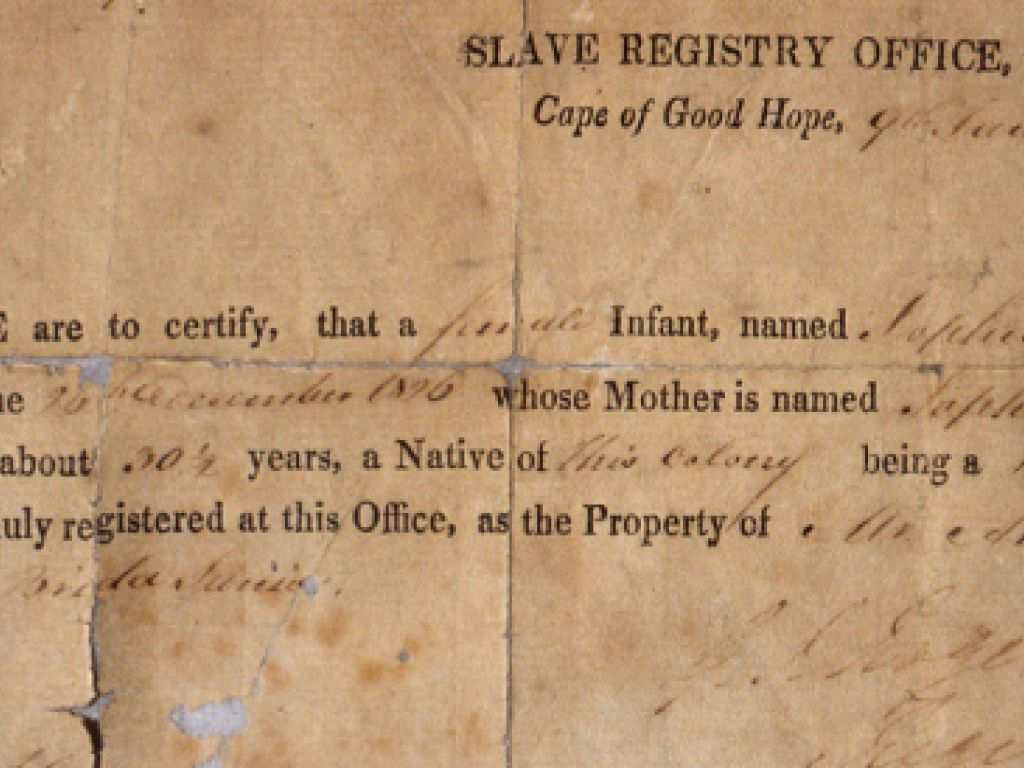Following Ansla van Bengalen

As part of the Summer School Extension programme, UCT's Centre for Extra-Mural Studies (EMS) hosted Amie Soudien, a curator, writer and researcher, who presented her work on Ansla van Bengalen, a former slave whose life history Soudien has studied. Soudien delivered the lecture, 'Following Ansla van Bengalen: revisiting the histories of enslaved women in the Cape', on 17 July 2019 in UCT's Kramer Building.
Ansla van Bengalen was captured off the coast of Bengal and brought to the Dutch settlement at the Cape of Good Hope in 1657. She was one of the first amongst a group of enslaved people in the Cape to be freed and granted land in the centre of Cape Town, then known as Table Valley.
In her lifetime, van Bengalen served in Jan van Riebeeck's household, became an entrepreneur and saw several of her children marry into Dutch society. Vam Bengalen was referenced in several historical accounts of the early Dutch settlement in Cape Town during the 17th century.
Soudien revisited the sources and archival material uncovered during her research, and addressed the value of speculative and artistic approaches to historical reading, when little was widely known about the era of enslavement in Cape Town.
Soudien is a curator, researcher and art writer from Cape Town. She completed her BAFA at Michaelis School of Fine Art in 2013, and completed her Masters in New Arts Journalism at the School of the Art Institute of Chicago in 2016. Her interests include the history of Cape Town, archival studies, popular media, gender and sexuality, and emerging artists from Africa and the diaspora. She currently resides in Johannesburg, and is a curator and researcher at the Visual Identities in Art and Design Research Centre, at the University of Johannesburg.
Watch Soudien's full lecture below.